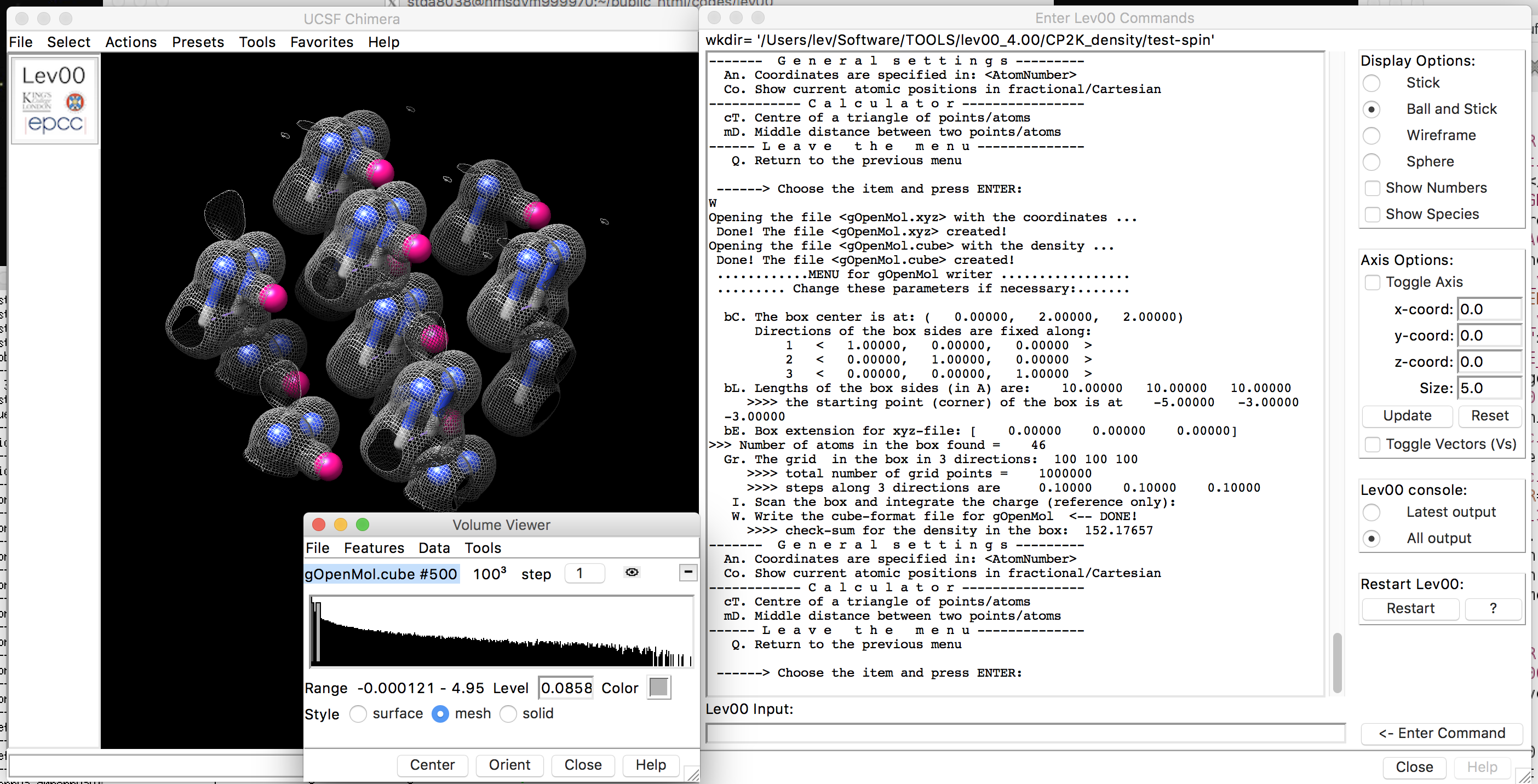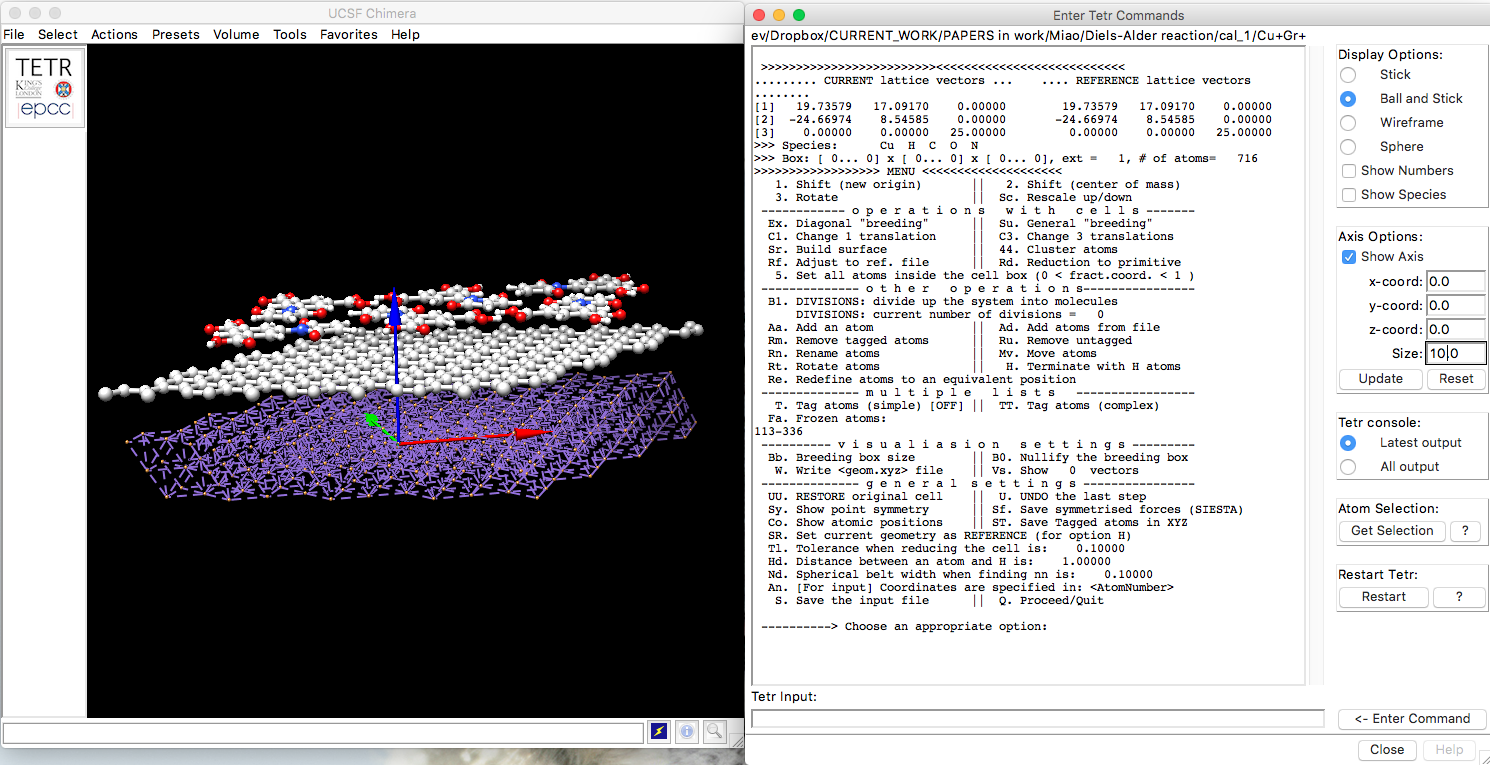LEV00
lev00 version 4.81 - please, UPDATE (last updated 09.23.2023) Note that since version 3.12 there was a bug affecting atomic positions read in from SIESTA input files.
Since version 3.0 this is a F90 version delivering a lot of convenience as it only needs to be compiled once! AT LAST!!!
From v. 3.30 lev00 acquired a nice STM plotter, pease try!
One can also use gOpenmol option for the constant LDOS image in which case atoms can be viewed underneath the LDOS surface as well, which is cool!
From version 3.21, lev00 is supposed to work with the new version of vasp v.5.2 . However, as this version is fairly new, there could be still some problems. If you experience anything unusual or the code crashes, please send me: lev00 output, POSCAR, INCAR, OUTCAR, CHGCAR, KPOINTS. tar and gzip these files into a single tar-ball and email to me. If you tried to run a DOS or PDOS calculation, then send brill.dat (generated with tetr), band.out and any other files needed as described in the manual. Your help will be greatly appreciated! By the way, to get directly the output from lev00 you may run it like this:
lev00 | tee output
NEW: lev00 is now working seemlessly with CHIMERA. See detailed instructions here.
We would like to thank EPSRC for funding, grant EP/K038583/1.
The plugin was written by Gordon Gibb, Jeremy Nowell and Iain Bethune from EPCC (Edinburgh, U.K.).

